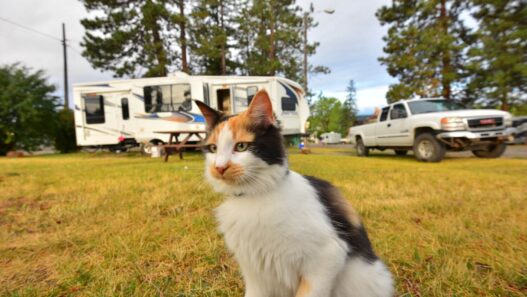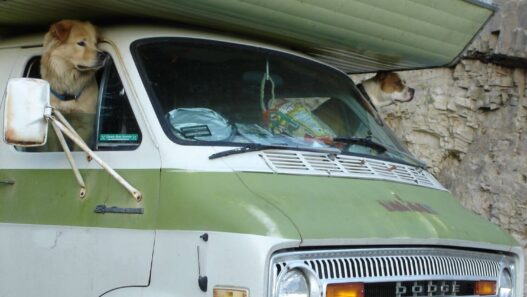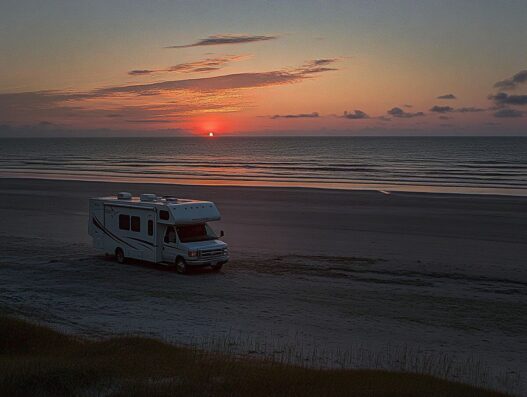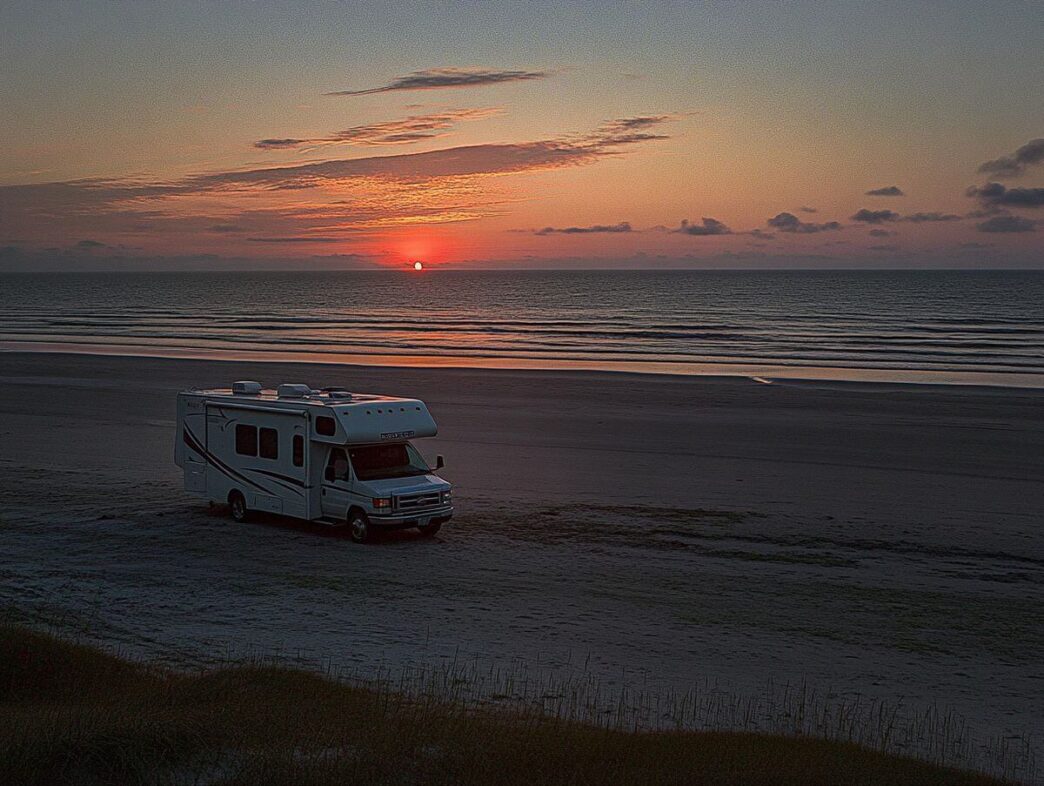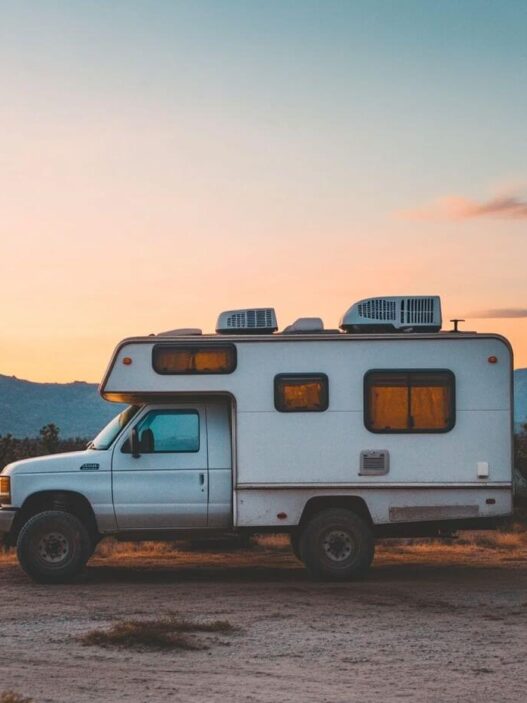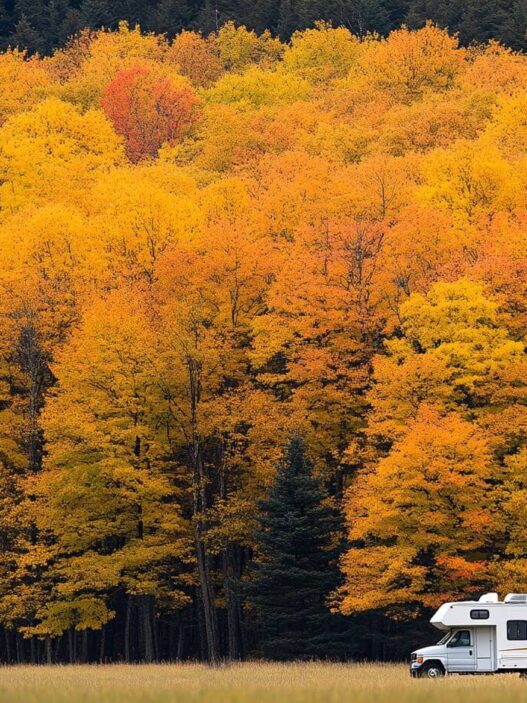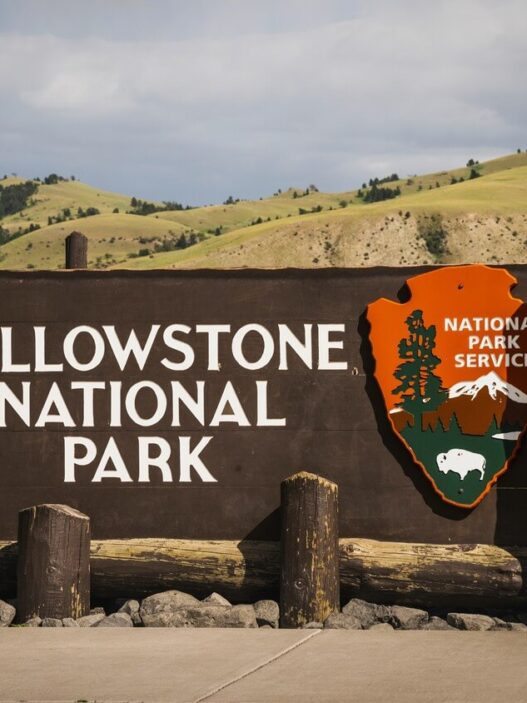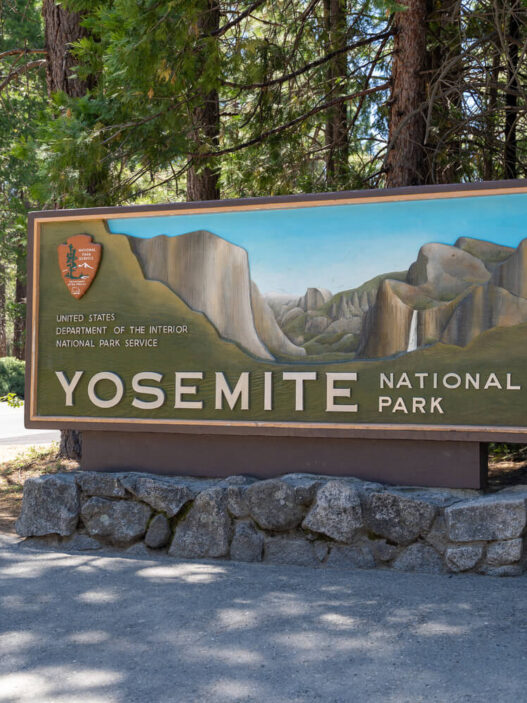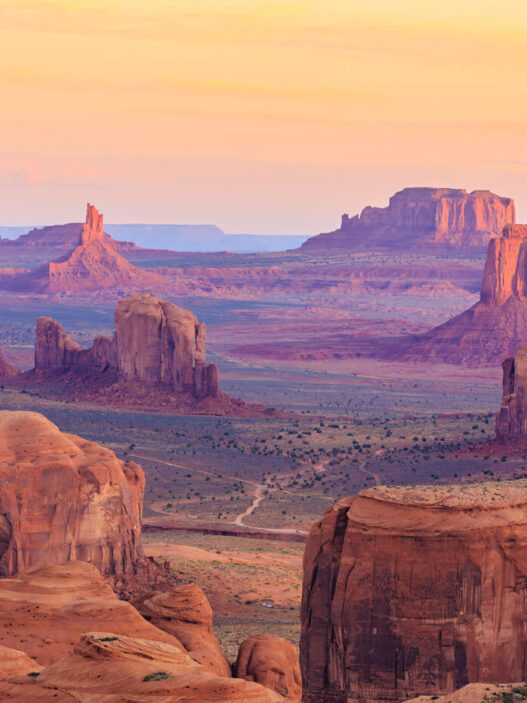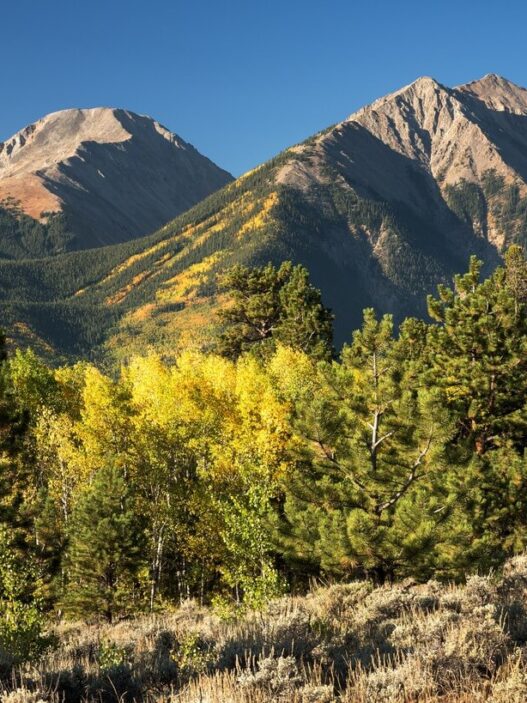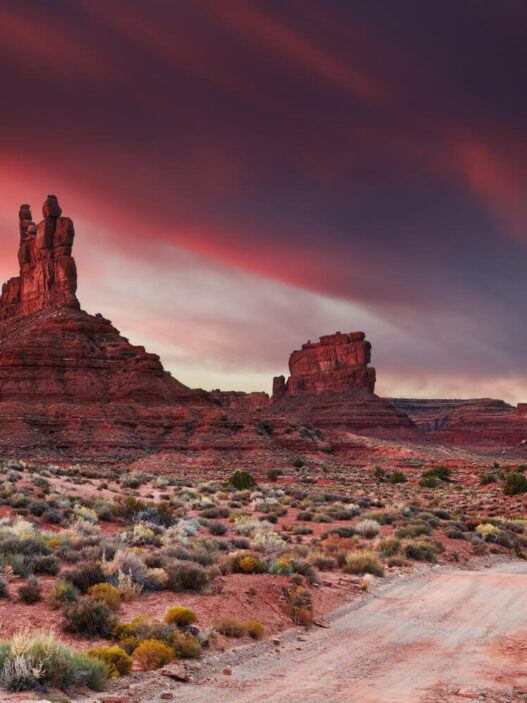If you’ve ever dreamed of falling asleep to the sound of waves and waking up to a Gulf Coast sunrise, Texas’s 367-mile coastline is calling your name. The Texas coast offers an incredible variety of camping experiences, from remote primitive sites to fully equipped RV parks.
One of the best things about beach camping in Texas is that you can do it year-round. While other parts of the country restrict beach access during colder months, Texas’s mild climate means you can enjoy coastal camping in any season.
It’s also incredibly cost-effective compared to staying in beachfront hotels or resorts. You’ll find options ranging from primitive sites where it’s just you and the elements, to full-service campgrounds with all the amenities you could want. Plus, beach camping puts you right in the heart of unique coastal ecosystems, where you can watch shore birds wade through the surf or spot dolphins!
The Top Places Go Camping By The Beach In Texas
With so much coastline, there are plenty of options for spots to beach camp in Texas. But without a doubt, these are our favorites.
1. Padre Island National Seashore
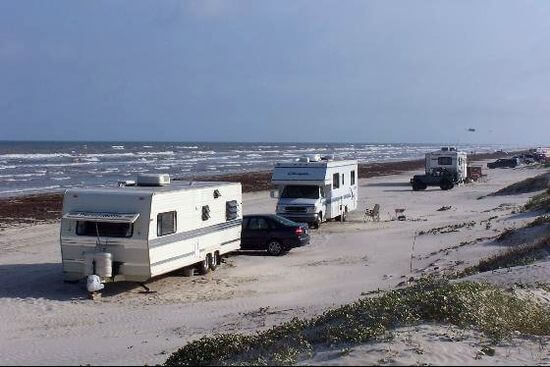
Stretching over 70 miles along the Gulf of Mexico, Padre Island National Seashore offers both developed campgrounds and primitive beach camping. The Malaquite Campground ($14/night) provides cold-water showers, restrooms, and gravel/paved pads, while Bird Island Basin Campground ($8/night) offers more basic amenities. For the adventurous, primitive camping is available along sixty miles of South Beach or one mile of North Beach.
All camping requires permits, available first-come, first-served. Campfires are only permitted in contained grills or ground pits, and you must pack out all burned materials. Summer temperatures can reach 95°F with high humidity, but the park offers excellent birding opportunities from late fall through early spring, with over 380 species recorded. From mid-June through August, you might catch sea turtle hatchling releases. The park also provides an RV dump station and freshwater filling station near the Malaquite Campground entrance.
2. Sea Rim State Park
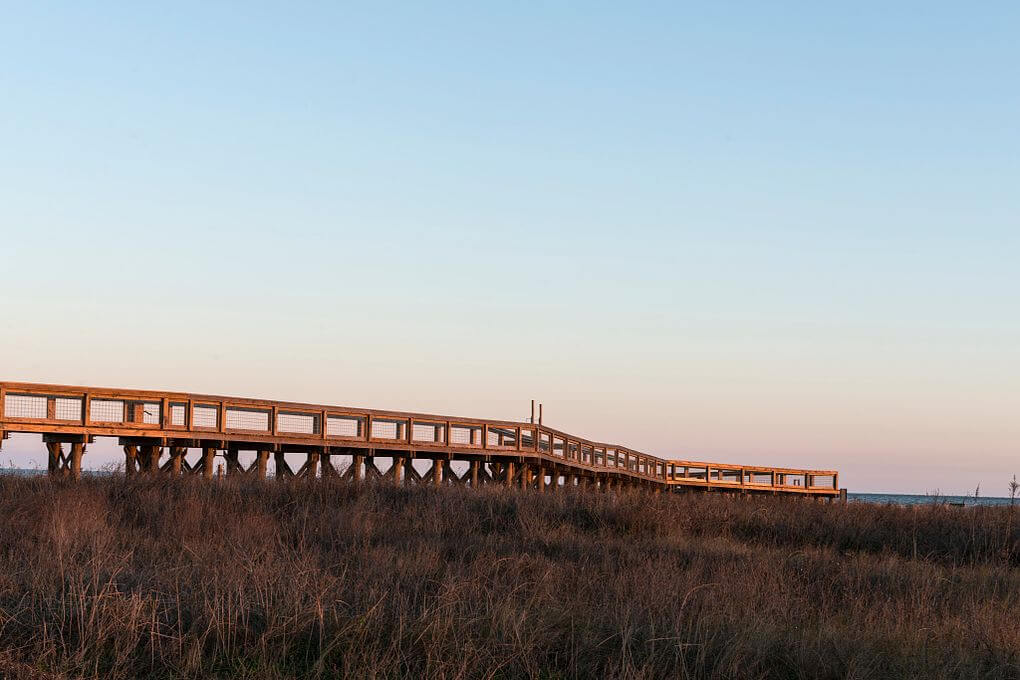
Sea Rim combines 2 miles of Gulf shoreline with 4,000 acres of marshlands. The Piping Plover Loop features 15 full-service sites with 30/50-amp electrical hookups, water connections, picnic tables, fire pits, and lantern posts. These paved, level sites offer easy pull-through access.
For a more rustic experience, try one of the 75 first-come, first-served primitive beach camping sites. While these spots don’t have fresh water or facilities, they allow ground fires and provide an authentic beachfront experience. The park’s unique floating platform campsite in the marsh accommodates up to 4 people for $15 per night plus entrance fee. You’ll need to paddle about 2 miles from the boat ramp to reach it.
Be prepared for year-round mosquitoes and alligator presence. The best camping season runs from April through October when swimming conditions are most favorable. You can fish without a license from shore, rent kayaks, ride horses on the beach, or try multiple paddling trails ranging from easy to advanced.
3. Mustang Island State Park

The park offers 48 sites with water and electric hookups located 1/3 mile from the beach ($25 per night) and 50 primitive drive-up sites directly on a 1.5-mile stretch of beach ($13 per night). The water/electric sites accommodate RVs and trailers up to 65 feet, featuring 50-amp connections and all necessary amenities.
Facilities include full restrooms with hot showers near the water-electric campground, portable toilets along the beach, a dump station, and free beach wheelchair rentals. The park charges $5 for adults (free for children 12 and under) and operates daily from 8 AM to 5 PM.
Activities include swimming in the typically moderate waves, fishing for trout and flounder, kayaking along the 20-mile paddling trail, and bird watching, with over 400 species in the area. Campfires are allowed on the beach but not at the water/electric sites. The location offers mild year-round climate, and the beach usually remains uncrowded, especially away from central parking.
4. Matagorda Bay Nature Park
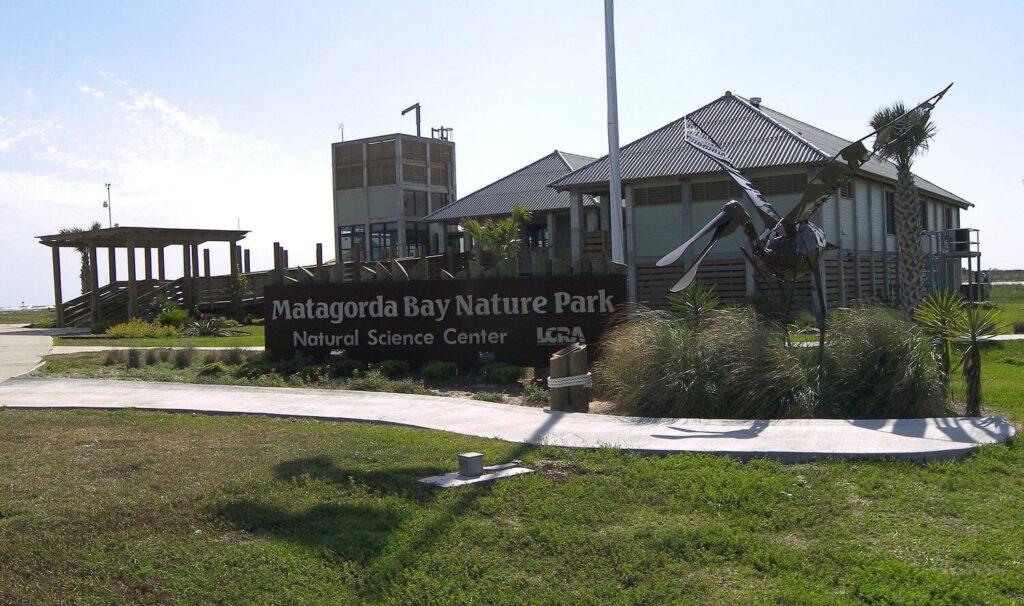
This 1,600-acre park offers diverse camping options including 34 RV sites with full hookups, 17 waterfront campsites, 5 pull-through sites, 10 beach bungalows, and 4 Airstream campers. The Airstreams sleep up to 4 people and come equipped with A/C, shower, kitchen, and grill.
The facilities are comprehensive: flushing restrooms, hot showers, dump station, 24-hour bulk ice machine, laundry facilities, and a welcome center with gift shop operating daily from 8 AM to 5 PM. Rates vary considerably, with Airstreams at $247.50 per night (2-night minimum), beach bungalows from $300-350 per night, RV full hookup sites at $49.50, waterfront sites at $63.80, and pull-through sites at $55.
The entrance fee is $5 for adults (free for children under 12) and includes extensive recreational opportunities like kayaking, fishing, swimming, beachcombing, bird watching, and mini-golf ($8-14). The park encompasses two miles along the Gulf of Mexico and two miles on the Colorado River, making it perfect for wildlife viewing during migration seasons.
5. Magnolia Beach
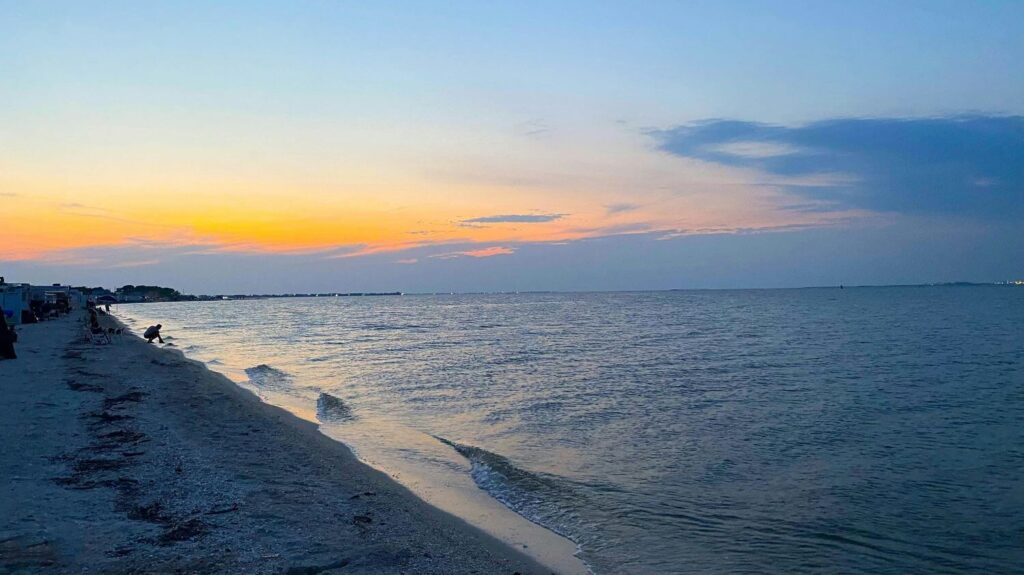
If you’re looking for free camping, Magnolia Beach allows stays up to 14 days. The hard-packed sand and shell surface accommodates all vehicle types, including big rigs, without requiring 4×4 capabilities. While there aren’t any hookups on the beach, you’ll find outdoor rinse-off showers, public restrooms, trash receptacles, and free pink concrete cabanas. Drinking water and picnic tables are also available.
The calm waters of Matagorda Bay make swimming safer, with minimal tide changes. Cell service is reliable for all major carriers, and you’ll find a convenience store nearby. Port Lavaca (20 minutes away) and Victoria (40 minutes away) offer additional services. If you need full hookups, the adjacent Magnolia Beach RV Park charges $40 per night.
6. Bolivar Peninsula

The peninsula provides 27 miles of free beach camping with hard-packed sand suitable for all vehicles. You’ll need a $10 annual beach parking permit, available at local stores. Crystal Beach is the most popular area, offering easy access to amenities. The west end (known as “the flats”) provides wider beaches with fewer houses, while the east end near High Island offers plenty of space despite being narrower.
Basic amenities include public restrooms at the Bolivar Beach Pavilion and The Big Store, portable toilets along the beach, rinse-off showers, and trash containers. Several convenience stores, restaurants, and The Big Store provide necessary supplies. Activities include swimming, fishing for flounder and trout, beach driving, and ATV riding (with restrictions).
Several RV parks offer full hookups throughout the peninsula, including Camp Margaritaville RV Resort with 204 concrete sites. The Bolivar Peninsula RV Park charges $40-60 daily for full hookup sites just 1/4 mile from Crystal Beach. A free 24/7 ferry connects to Galveston, making it easy to access additional attractions.
What To Know About The Area Before Heading Out
Timing your trip right can make all the difference in your beach camping experience. Spring and fall typically offer the most pleasant conditions, with moderate temperatures and lower humidity. Summer brings higher temperatures and bigger crowds, while winter can be peaceful but requires preparation for variable weather.
Before heading out, check if your chosen destination requires permits or reservations. Many popular spots fill up quickly, especially during peak seasons and holidays. You’ll need some specialized gear for beach camping beyond your usual equipment. Be sure to pack:
- Sand stakes for your tent
- Tarps for shade
- Equipment that can handle salt air and sand
- Extra sunscreen
- Insect repellent
- Plenty of water
Safety should always be your top priority when beach camping. Keep a close eye on tide schedules and weather forecasts. Learn about local wildlife and any necessary precautions, particularly during sea turtle nesting season.
Beach-Specific Camping Tips
Your vehicle choice matters significantly when beach camping. Make sure your tires are properly inflated for sand driving, and consider bringing recovery boards if you’re heading to areas with soft sand. Four-wheel drive isn’t always necessary but can provide peace of mind, especially after rain.
When setting up camp, choosing the right spot is crucial. Look for level ground well above the high-tide line, and use extra-long stakes designed specifically for sand. Wind can be your biggest challenge on the beach, so bring additional guylines and stakes. Always orient your tent to minimize wind exposure and secure everything carefully.
Food storage requires extra attention in the beach environment. Store all food in airtight containers to protect it from sand and salt air. Consider bringing a separate screened shelter for cooking and eating to keep sand out of your meals. A pop-up canopy or tarp provides essential shade, and a good ground cover under your tent adds comfort and protection.
Beach cooking can be tricky with the wind, so bring a windscreen for your stove. Many experienced beach campers recommend bringing a portable grill or planning simple meals that don’t require extensive cooking. Always pack more water than you think you’ll need, as the combination of sun, sand, and salt air can increase dehydration.
Understanding The Seasons
The Texas coast experiences distinct seasonal patterns that affect your camping experience. Peak season runs from Memorial Day through Labor Day, bringing larger crowds and higher temperatures. During these months, expect more competition for campsites and plan to make reservations well in advance.
Spring (March to May) and fall (September to November) offer the most pleasant conditions, with mild temperatures and manageable crowd levels. These shoulder seasons also provide excellent opportunities for activities like fishing and bird watching.
Winter camping (December to February) can be peaceful and uncrowded, but prepare for variable weather. While days can be mild and beautiful, nights can get chilly, and strong cold fronts occasionally move through. The upside is that you’ll often have beaches nearly to yourself.
Handy Resources For Your Trip
Before your trip, familiarize yourself with these important contacts and resources:
- Texas State Parks Reservation Center for bookings and current conditions
- National Weather Service marine forecasts for tide and weather information
- Local emergency services numbers for each camping location
- Nearby medical facilities and their hours of operation
Your best beach camping experience comes from being well-prepared while remaining flexible. Always check local conditions before your trip, respect wildlife and their habitats, and remember to leave your campsite better than you found it.
The Texas coast offers some of the most accessible and varied beach camping opportunities you’ll find anywhere. Whether you’re looking for a peaceful weekend getaway or an extended adventure, you’ll find the perfect spot along these shores. Just remember to bring plenty of sunscreen, respect the environment, and take time to enjoy the simple pleasures of camping by the sea.





